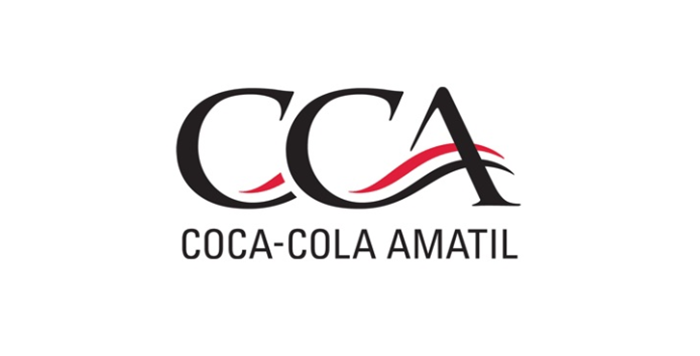Writing well isn’t rocket science, but it does require a set of skills that you can acquire through training and practice – and writing for PR or marketing purposes has its own particular set of challenges.
It’s one thing to write well and even entertain people with your writing, and altogether another to be persuasive – to engage people in a way that changes their opinions or motivates them to act.
Persuading readers to agree with you can transform them into paying customers, advocates or partners. Luckily there are a few timeless principles that anyone can employ to improve their persuasive writing technique:
Learn from the Greeks
The ancient Greek philosopher Aristotle argued that a persuasive argument has the following three elements: logos (appealing to logic), ethos (appealing to credibility) and pathos (appealing to emotion). It’s a formula that still works exceptionally well today.
Logos comprise statistics, data, definitions, and proven business results that back up the central argument. This type of evidence allows writers to make an argument without sounding speculative or vague. Feel free to draw on case studies, relevant projections or other evidence that demonstrates why it makes sense for an end customer to engage with your business.
Ethos means to convince the reader of the author’s credibility. Ethos is how well the author convinces readers of his or her authority on the subject at hand. Aristotle maintained that there were three prerequisites needed to make a speaker appear credible: competence, good intention, and empathy. Depending on the topic of the argument, this may mean demonstrating the author’s business credentials or talking about issues such as corporate social responsibility or employee wellbeing.
Supplementing the written word through links to video tutorials, online resources and toolkits gives people a further glimpse into the depth of knowledge your client harbours.
Last, but not the least, the third pillar in the Greek triad of persuasion is pathos, or emotion. Create a rapport through your writing by addressing your audience using words ‘you’ or ‘they’ wherever appropriate. Draw on all five senses (sight, sound, taste, touch, smell) to convey your client’s product / service experience, especially in B2C writing. Importantly, know your audience, so that you can address their concerns and wants.
Follow the 5:3:2 rule
Research is the ultimate antidote to a writer’s block. It helps you bring out genuinely original angles for your piece. Importantly, it provides the ammunition for the all-important appeal to logic as discussed by Aristotle. Persuasive writing should involve five parts of research and planning, three parts doing the rough draft, and two parts polishing it. Applying this rule to the job, it’s important we know all about our client’s business model, their products and services, their competitors and the industry dynamics within which they operate before we write any content for them. It’s also handy to source a brief from the client in advance—essentially setting down all the goals of the campaign before kicking off.
Stick to the point
From the start, it’s important to have a very clear idea of what your central argument will be.
Select one idea and stick to it. Everything else should back up that argument. Too many tangents can be distracting and confuse the reader. It’s a good idea to outline a problem faced by your reader, and then provide a specific solution.
Work hard on the headlines
Headlines and subheads are more than just a snapshot of the copy that follows, so keep it clear and simple, under seven words, and avoid clichés. Headlines are also the hook that excites the readers interest and compels them to read on. Write a boring headline and it matters little how impressive your following prose is, as the reader may well have moved onto other, more promising, activities.
Keep at it
Writing is a process of continual improvement. To ensure consistency and perseverance, keep a go-to folder for all things writing including: your favourite writing samples, new writing sites (e.g. lousywriter.com), join ‘copywriting’ LinkedIn groups and always keep thesaurus.com open on your desktop. Also read, read, read, as much as you can, especially great writers.
Next time you are faced with a writing task, remember the advice of the Greeks, and if you are struck with writer’s block, draw inspiration from Ernest Hemingway’s famous quote “All you have to do is write one true sentence. Write the truest sentence that you know.” It is a reminder that once we get started, words flow much easier from there – as long as we start in a position of integrity.






